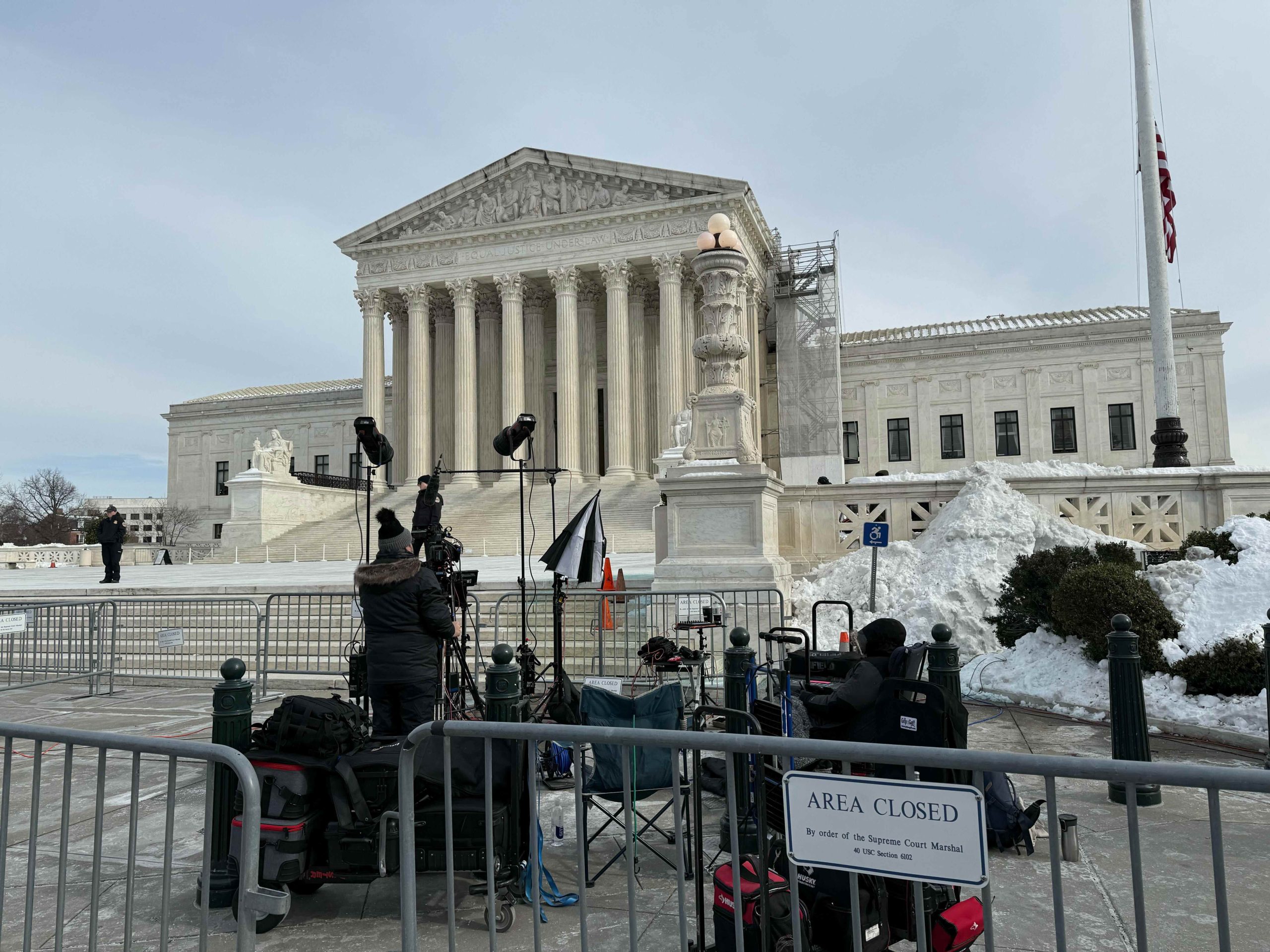White & Case LLP
In 2013, with its FTC. Actavis, Inc.1 ruling, the United States Supreme Court changed the landscape for patent settlements within the pharmaceutical industry. In Actavis, the Court held that certain types of so-called reverse payments–patent litigation settlement payments from brand pharmaceutical manufacturers to generic companies challenging the brand’s patent–might “sometimes” violate the antitrust laws.2 In holding that reverse payments must be analyzed under the rule of reason balancing test, the Court rejected both the presumptive-illegality standard proffered by the Federal Trade Commission and the presumptive-legality standard proffered by respondents. The Court did instruct that certain large, unexplained, or unjustified reverse payments could be subject to antitrust scrutiny based on the rule-of-reason. However, it deferred the question of how the rule-of-reason test should be applied to these payments to the lower court: “We leave the structuring of this rule-of-reason litigation to the lower court.” If Justice Breyer hoped, in writing for the majority, that deferring particulars to lower courts would ultimately result in clarity, this hope appears to have generally been unfounded. Chief Justice Roberts predicted this in his dissent (“Good Luck to the district courts”)4 and district courts have struggled with applying a clear (or consistently) analytical framework to Actavis cases. This has led to many cases across the nation where plaintiffs challenged patent settlements that included allegedly illegal reverse payments. Yet, despite the substantial number of cases filed, only three cases have reached a jury verdict, only a handful of cases have reached the appellate courts, and no cases have made it back up to the Supreme Court.
Without substantial guidance from appellate courts or the Supreme Court, only limited consensus has formed among district courts about the types of settlement terms that can constitute a “reverse payment.” The “structure” of the Actavis rule of reason analysis and the proper application are also elusive. In this article, we provide a brief history of the Actavis case and a retrospective of the reverse-payment cases filed after Actavis. This article builds on that foundation to assess the questions answered and the challenges parties and courts face in litigating Actavis claims. At 141.
3 id. Id. at 173 (Roberts, J., dissenting).
5 See, e.g., In re Lipitor Antitrust Litig., 868 F.3d 231, 254 (3d Cir. 2017) (“For Actavis’ part, the Supreme Court was deliberately opaque regarding the parameters of reverse-payment antitrust claims. In re Nameda Indirect Buyer Antitrust Litig. No. 15-cv-6549, 2021
Reproduced with permission from American Bar Association. This article was originally published in the ABA Antitrust Law Journal.






